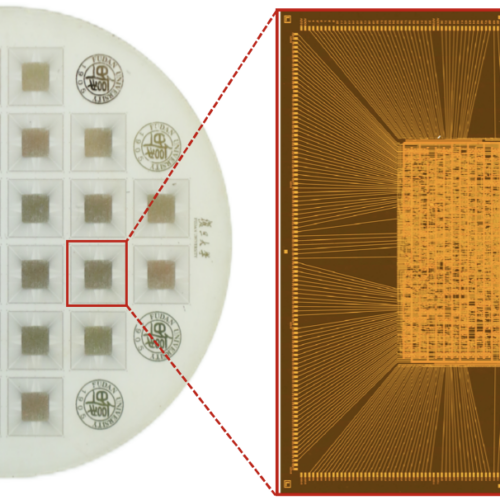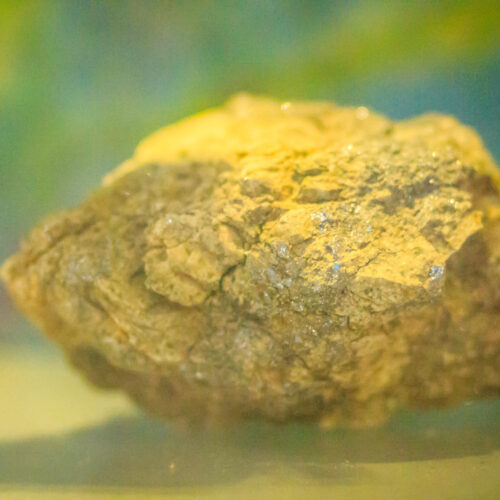A 32-bit processor made with an atomically thin semiconductor
On Wednesday, a team of researchers from China used a paper published in Nature to describe a 32-bit RISC-V processor built using molybdenum disulfide instead of silicon as the semiconductor. For those not up on their chemistry, molybdenum disulfide is a bit like graphene: a single molecule of MoS2 is a sheet that is only a bit over a single atom thick, due to the angles between its chemical bonds. But unlike graphene, molybdenum disulfide is a semiconductor.
The material has been used in a variety of demonstration electronics, including flash storage and image sensors. But we've recently figured out how to generate wafer-scale sheets of MoS2 on a sapphire substrate, and the team took advantage of that to build the processor, which they call RV32-WUJI. It can only add single bits at a time and is limited to kilohertz clock speeds, but it is capable of executing the full RISC-V 32-bit instruction set thanks to nearly 6,000 individual transistors.
Going flat
We've identified a wide range of what are termed 2D materials. These all form repeated chemical bonds in more or less a single plane. In the case of graphene, which consists only of carbon, the bonds are all in the same plane, meaning the molecule is as thick as a carbon atom. Molybdenum disulfide is slightly different, as the angle of the chemical bonds is out of plane, resulting in a zig-zag pattern. This means the sheet is slightly thicker than its component atoms.


© Ao, et. al.

